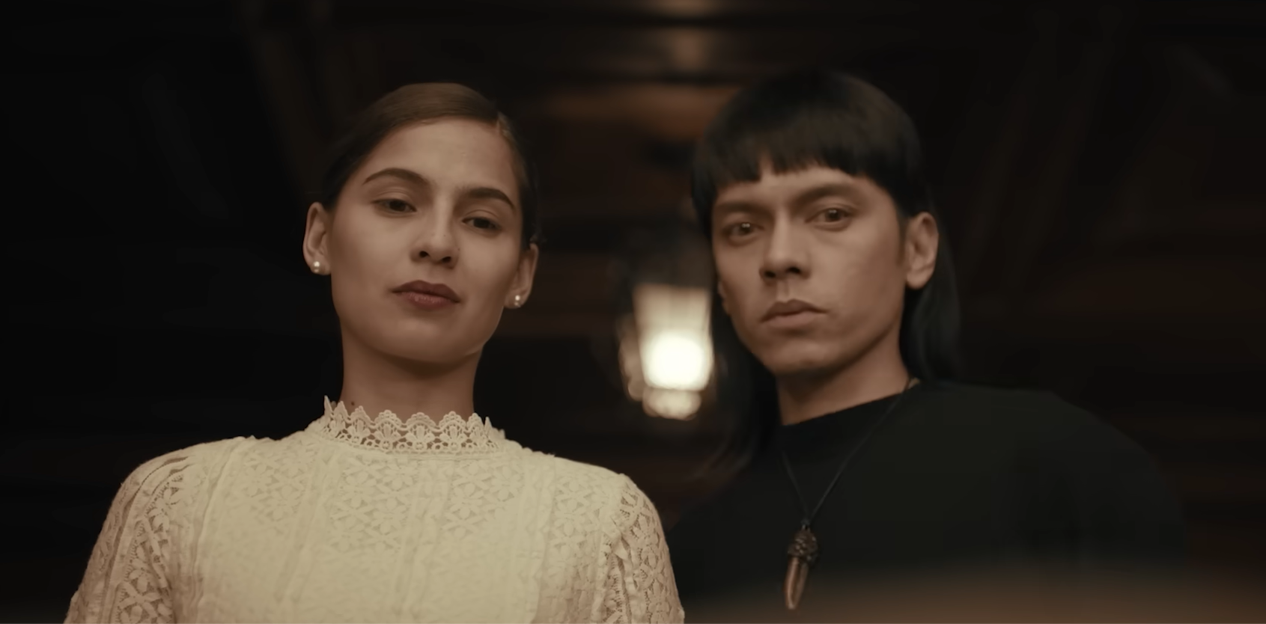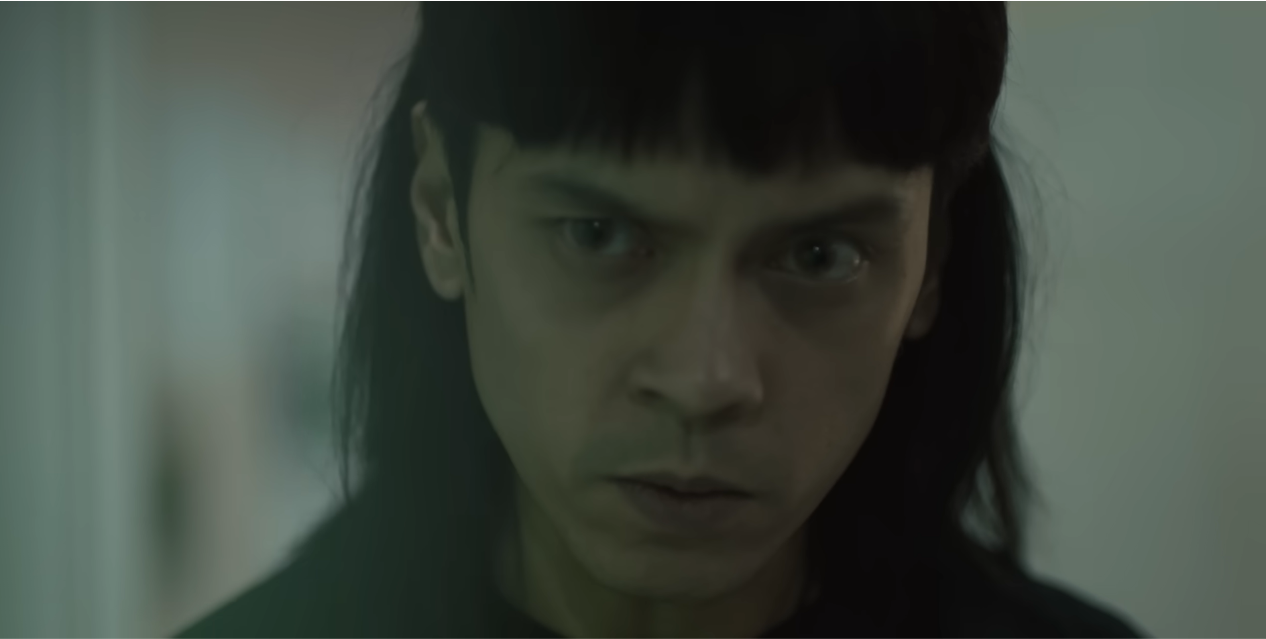Directed by Adolfo Alix Jr., Netflix’s ‘The Time That Remains’ delves into the life of Filomena “Lilia” Reyes, an older woman, whose memories play out a montage of youthful romance and heartbreaking tragedy. When a series of inexplicable murders begins to creep around her, past and present converge to reveal Lilia’s mysterious lover as the linchpin to the narrative. A police officer with a traumatic past dedicates himself to smoking out the killer, but numerous details surrounding the protagonist’s partner point to his supernatural origin, making the case all the more difficult. This Filipino gothic romance questions the very core of human values and ethics, showing how often the lines between good and evil blur. At its heart, this tale is an exploration of the desire to hold on to life and love in seemingly impossible circumstances, and in doing so, it ends up giving a profound take on kindness and mortality.
The Time That Remains is a Story Steeped in Supernatural Elements
‘The Time That Remains’ is a fictional story that incorporates several conventions of gothic narratives to create a tale of mystical intrigue. While the movie’s writing team employs several creative methods in the creation of the protagonist’s ageless lover, the focus remains on the romance aspect. Notably, the story never outright confirms what kind of supernatural creature the lover, Matias, is, but several traits point in the direction of a vampiric nature. The fact that Matias doesn’t age, coupled with his near-feral characteristics that often come to light, makes it likely that the writers were inspired by the archetype of a vampire. This also brings the gothic aesthetics of the story back into play, as the vampire genre is traditionally synonymous with romance dramas. As such, while the connections are not confirmed, there is a strong possibility of the film being informed by myths and love stories that include such supernatural entities.

In addition to the idea of a vampire, the story’s folk undertones also play a major role in adding realism to its world. A real tribe in the Philippines, known as the Butbut tribe, assisted in the filming of the movie, with real tribal practices and settings being given a creative touch to fit into the story. As such, a blend of mythic creatures as well as folk and spiritual values breathes life into the narrative. However, given that Matias’s actions are clearly supernatural in nature, it is unlikely that he is modeled after a real-life figure. Instead, it is possible that the Filipino concept of an Aswang, that is, shapeshifting creatures of folk origin, played a major role in the creation of the character. Entities that fall under the categorization of Aswang range from vampires to ghouls, and Matias’s familiarity with the macabre fuels the connection further.
A Police Investigation Furthers the Mystery of The Time That Remains
While romance is a huge portion of the narrative in ‘The Time That Remains,’ a parallel plot concerns the investigations by a police officer who firmly believes that a recent string of murders can be explained as the work of a serial killer. As the suspicion falls on Matias, the connection between vampire narratives and crime thrillers is brought to attention. In real life, the Philippines has seen its share of investigations into potential serial killers, but given the supernatural nature of the film’s story, it is unlikely that a real-life case inspired this arc. Instead, it is possible that the writers’ interest in human moral and ethical dilemmas took precedence, with the murder mystery serving as a stepping stone to further the stakes.

Notably, Edward Lansdale, a CIA operative who played a major role in countering the Hukbalahap rebellion in the Philippines that started in 1946 and ended in 1954, mentioned several murders that were simulated to look like a vampire attack. As stated in a report by The Aswang Project, Landsdale wrote: “(T)he psywar squad set up an ambush along the trail used by the Huks. When a Huk patrol came along the trail, the ambushers silently snatched the last man of the patrol, their move unseen in the dark night. They punctured his neck with two holes, vampire-fashion (…) When the Huks returned to look for the missing man and found their bloodless comrade, every member of the patrol believed that the asuang (Aswang) had got him.” As such, there is a chance that these incidents served as a reference point for the movie and how it handles its murder mystery, but the markedly different contexts reiterate the fictionalization present in the story.
Read More: Is The New Force a True Story? Is Monica Based on a Real Sex Worker?


